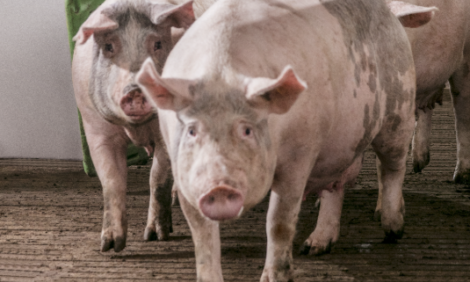



Rabobank: Opportunities in China as Pork Imports Increase to Fill Supply Gap
CHINA - China’s rising pork prices are again the centre of attention in the global pork market.China’s pork prices skyrocketed at the start of 2016, reaching an all-time high of over RMB 20 per kilogram.
A combination of farmers’ losses and government measures to close down unsuitable farms led to destocking over the past two years, which also drove the Chinese sow herd size to a historic low, according to Rabobank report ‘What’s Happening in China’s Pork Market’.
“China plays an increasingly important role in the global pork market,” says Chenjun Pan, Senior Animal Protein Analyst at Rabobank.
“China needs to increase imports to cover the supply gap in 2016. In total, we expect China to increase pork imports by 30 per cent.
"The EU, the US and Canada are well-positioned to increase exports to China given their availability of product and the adaption of production systems in response to China’s ractopamine-free policy.”
Beyond 2016, China will likely maintain its level of imports, even when local production recovers in 2017. Rabobank said its analysis is that local users of imported pork will continue to rely on imported pork due to its consistent quality and lower price, compared with local production.
Leading pork processors and packers are already responding to this significant new trade opportunity, by adjusting production systems and taking advantage of current currency dynamics, Rabobank reported.
Competition to export to China is expected to grow as production expands and demand remains relatively stable. This means exporters will need to keep improving their productivity and investing in trade partnerships that can help secure their future access to the Chinese market.






